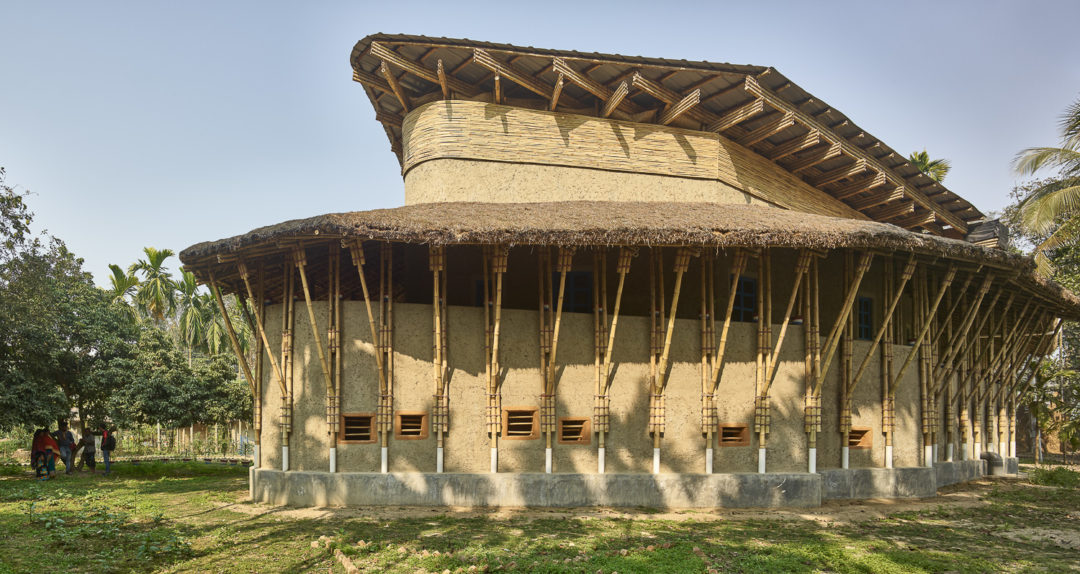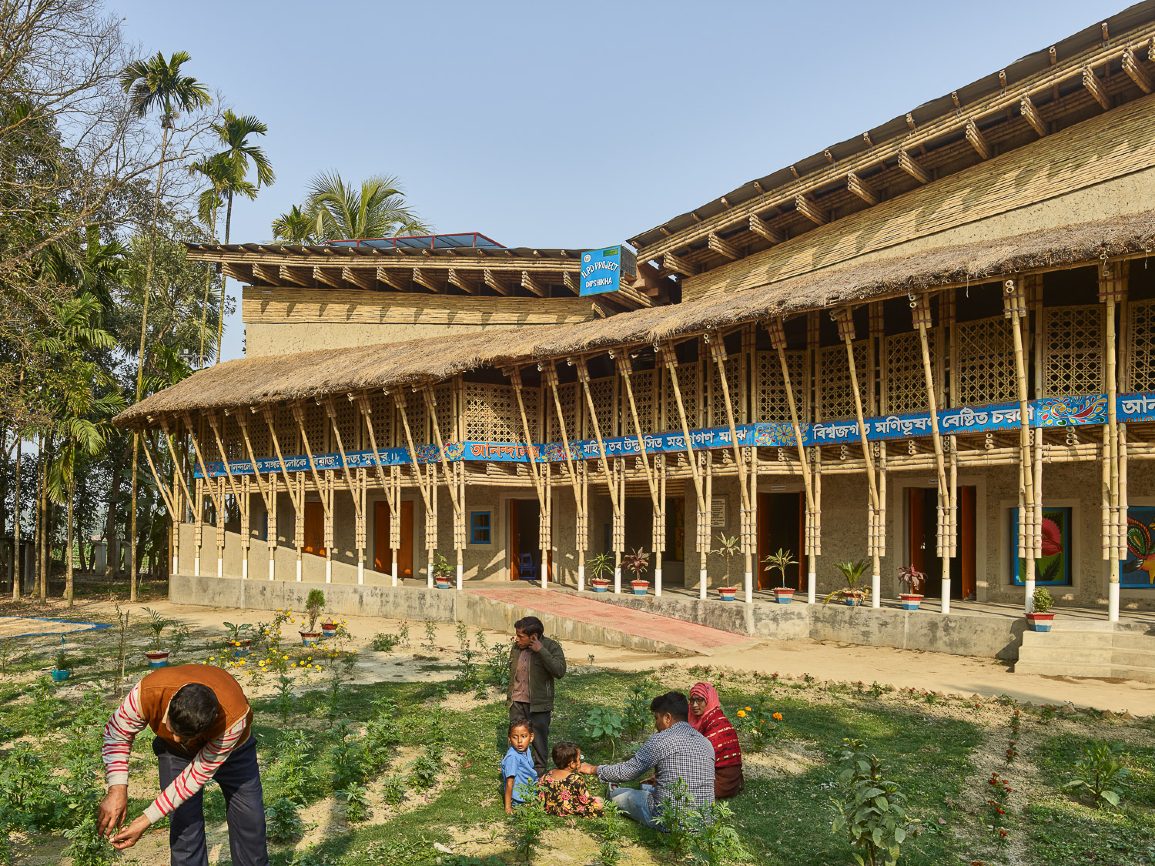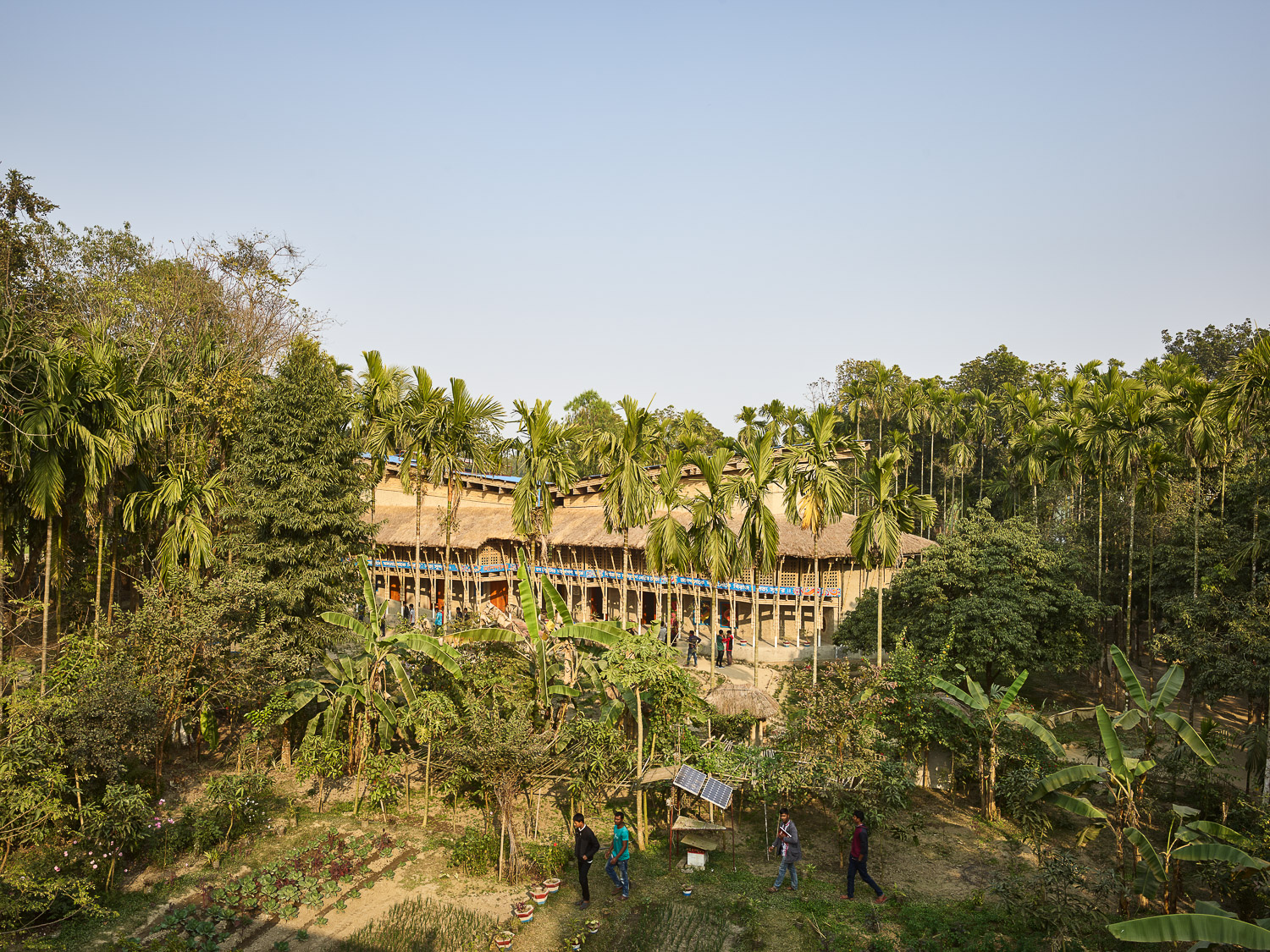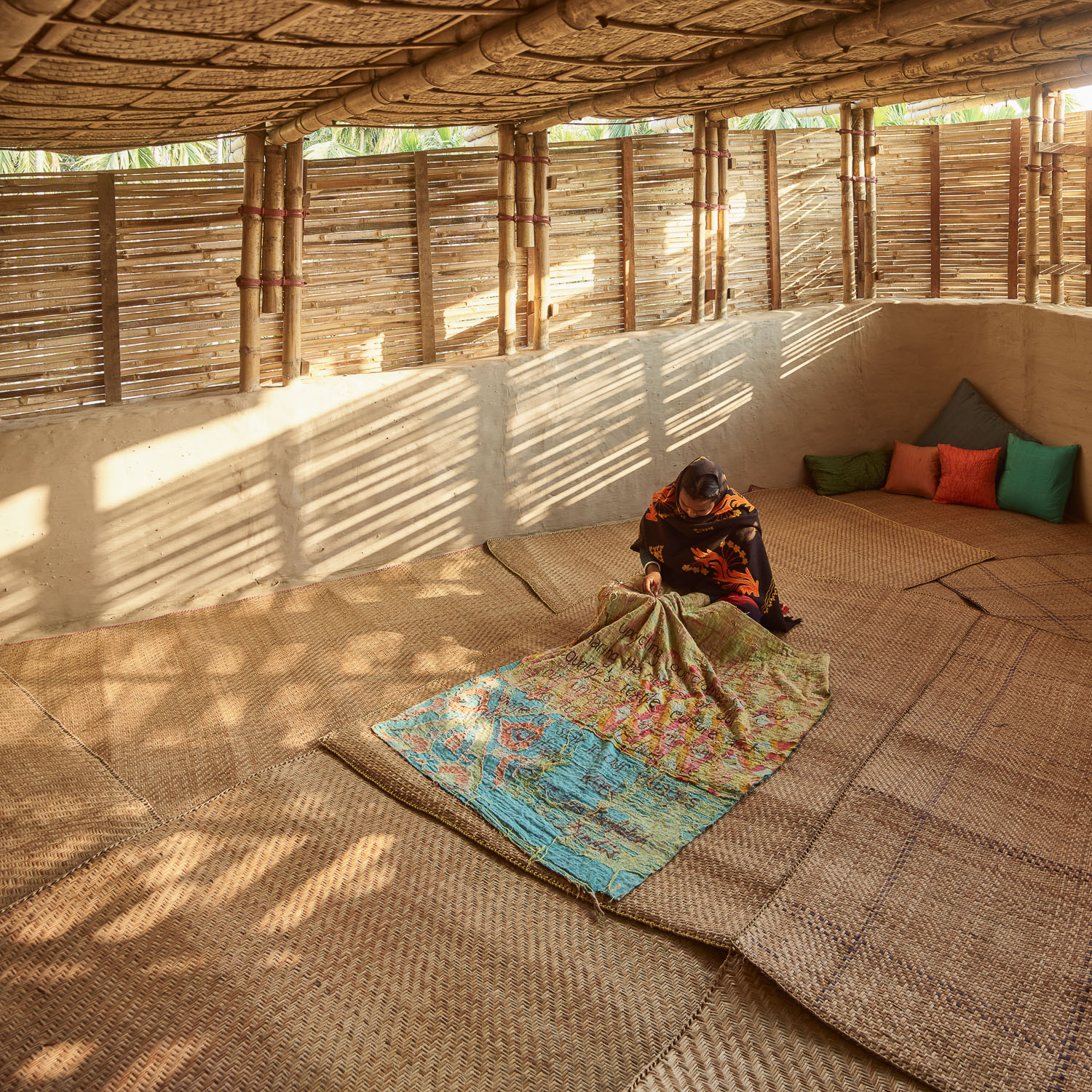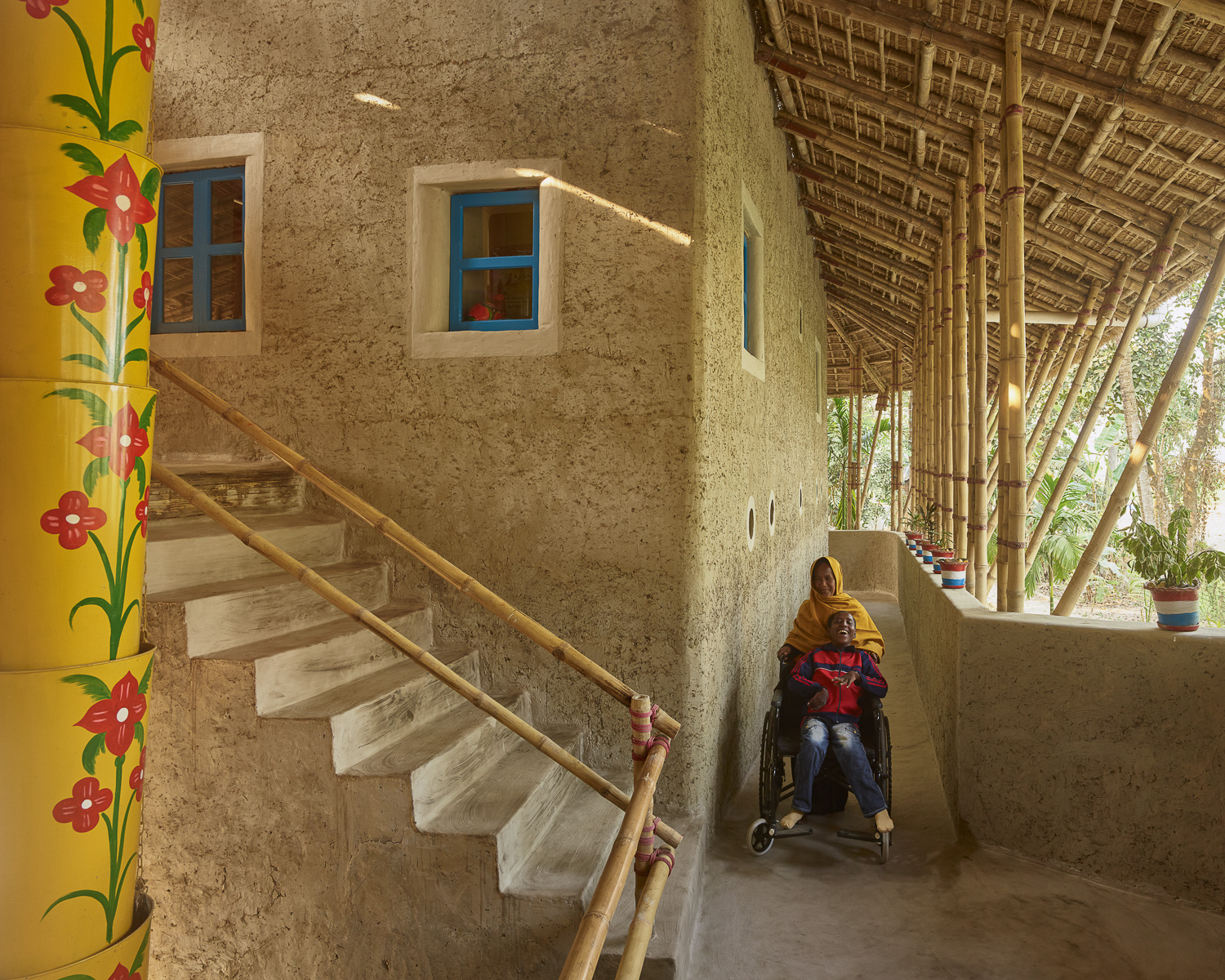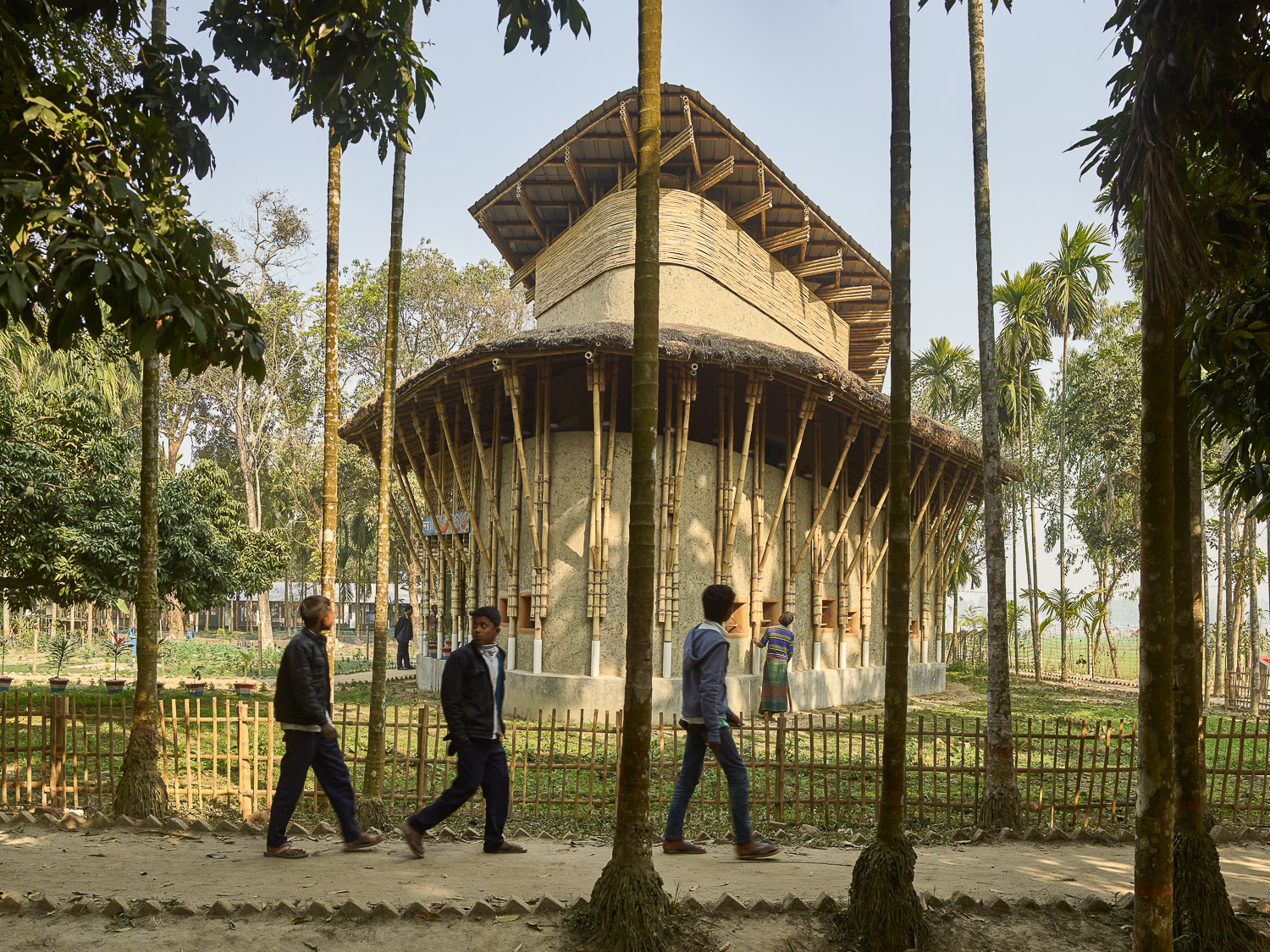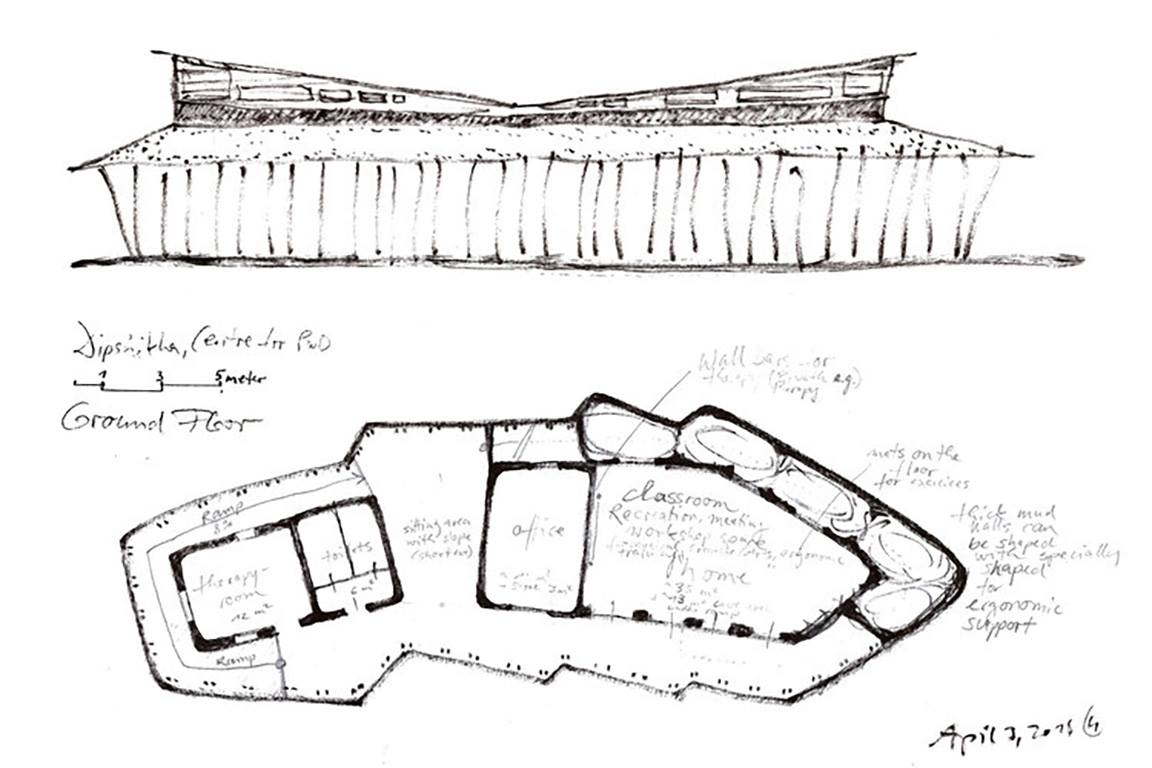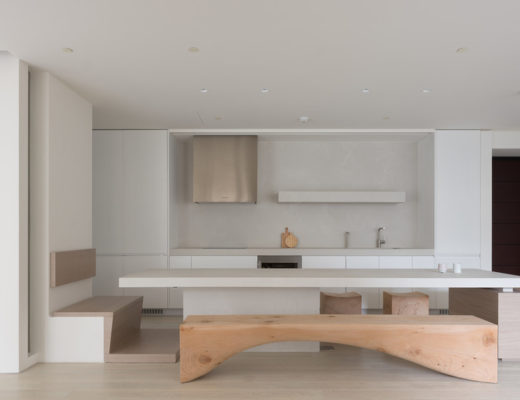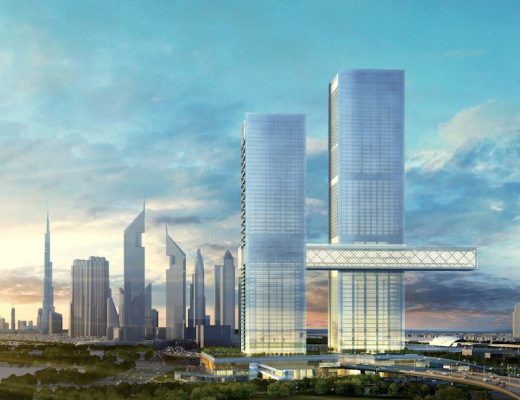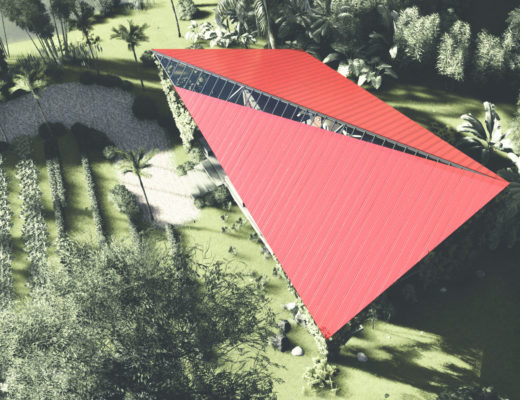The OBEL Award 2020 has been announced and the winner is Anandaloy community project by Studio Anna Heringer. It is the second edition of the award that recognises architectural achievement and is presented annually by Denmark-based The Henrik Frode Obel Foundation. The prize money is €100,000.
Anandaloy, which translates into Bengali as “have fun” is a therapy centre and textile workshop designed by German architect Anna Heringer that aims to empower the disabled to lead an active life and contribute to the local community. Built on two levels, it also houses a studio for local seamstresses, and provides them with employment opportunities. According to Heringer, having work locally means these women do not have to migrate to urban areas for a source of income. These women can, in turn, train the disabled people to sew and make them self-reliant, in addition to providing them with avenues for therapy and community engagement.
Located in the northern Bangladeshi village of Rudrapur, the community project addresses the socio-economic and psychological issues faced by the disabled. While Heringer and her studio designed and supervised the project, the construction was undertaken by a local contractor Montu Ram Shaw. The latter enlisted the services of a team of mud and bamboo workers from the village, including two individuals with disabilities to work on the project.
Its design features are specifically catered towards the disabled to create a more inclusive environment. For example, a wide ramp goes around the building to enhance mobility for those with movement disabilities. Many of these features have since helped to enlighten the villagers about creating a more inclusive environment for all.
Making use of local materials such as cob mud to construct the walls and bamboo for the roof frame, pillars and ceilings of the building, the project exemplifies low-cost, efficient and sustainable architecture.
The lower roof is made out of straw while the upper roof is constructed with metal sheets. To debunk the widespread theory that mud is an inferior construction materials as compared to brick, Heringer wanted to explore the inherent potential of this abundantly available material that is flexible. For instance, the mud construction technique cob doesn’t require formwork fabrication; in fact, it’s easy enough to be moulded into curved forms or straight walls.
Project details:
Location: Rudrapur, Bangladesh
Year of completion: 2019
Building area: 253m2
Floor area: 174M2 (rooms), 180M2 (ramp and patio)
Concept and design: Studio Anna Heringer
Project manager and renderings:Stefano Mori
Contractor: Montu Ram Shaw
CONSULTING: MAartin Rauch (earth and bamboo), Andreas Guetling (roof construction), Emmanuel Heringer (bamboo roof)
Sponsor: Kadoorie Foundation, Lutz & Hedda Franz Charitable Trust
All photos: Kurt Hoerbst
You might also like:
Interview: Rizvi Hassan discusses Bangladesh’s social architecture that gives hope to refugees
Woha Architects to transform former wasteland into sustainable campus for Bangladesh university
Junya Ishigami+Associates wins the inaugural Obel Award for Art BioTop Water Garden
Location: Rudrapur, Bangladesh
Year of completion: 2019
Building area: 253m²
Floor area:174m² (rooms), 180m² (ramp and veranda)
Concept and design: Studio Anna Heringer
Project manager and drawings: Stefano Mori
Contractor: Montu Ram Shaw
Consulting: Martin Rauch (earth and bamboo details), Andreas Guetling (roof construction), Emmanuel Heringer (bamboo roof)
Sponsor: Kadoorie Foundation, Lutz & Hedda Franz Charitable Trust

